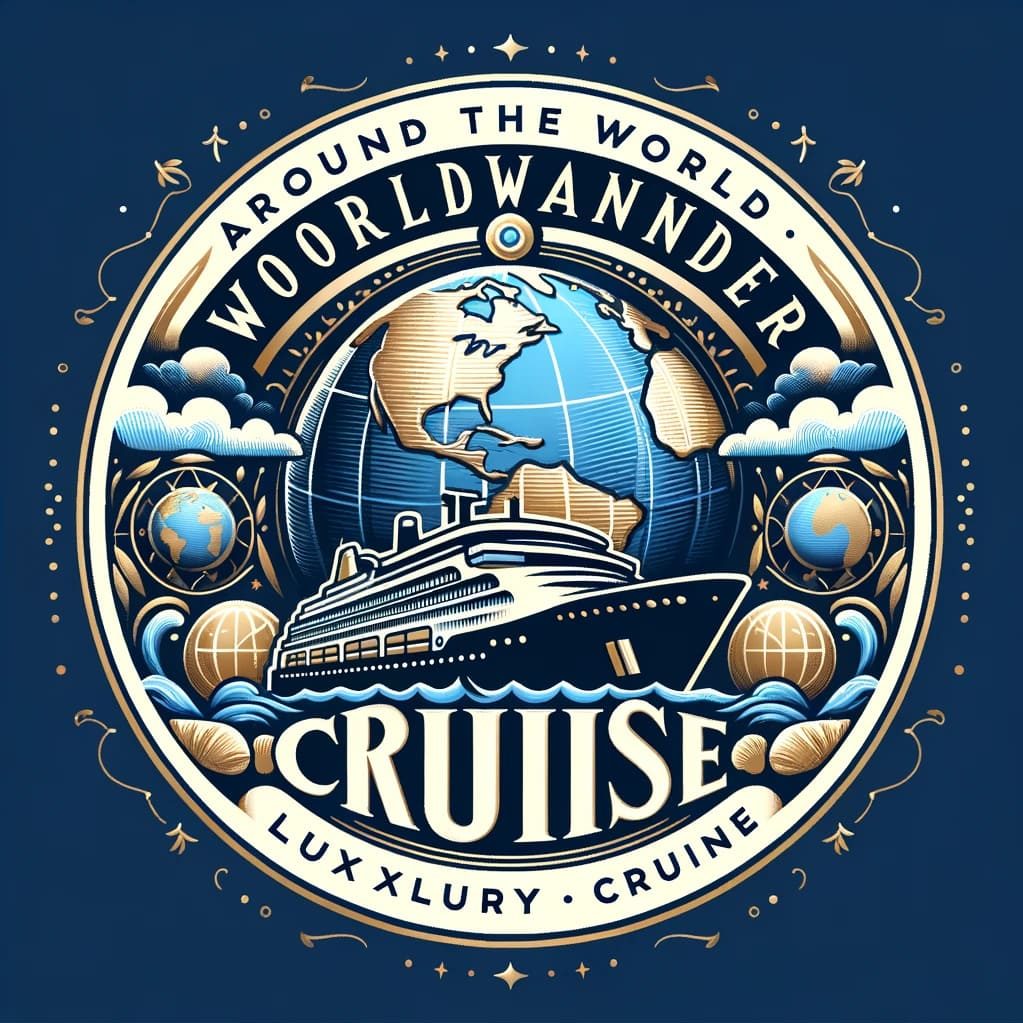Embark on a journey of exploration and sustainability with our latest feature on the World Tour Cruise Blog. Discover how environmental conservation initiatives are taking center stage on world tour cruises, as we delve into the importance of eco-friendly practices at sea. Join us as we navigate the waters of sustainable tourism and set sail towards a greener future for our planet.
The Impact of World Tour Cruises on the Environment
World Tour Cruises have become increasingly popular among travelers seeking unique and immersive experiences around the globe. While these cruises offer a luxurious way to explore different destinations, it is essential to consider their impact on the environment. Let’s delve into the environmental implications of World Tour Cruises:
Carbon Footprint
One significant impact of World Tour Cruises on the environment is their carbon footprint. Cruise ships are known to emit large amounts of greenhouse gases due to their reliance on fossil fuels. The combustion of these fuels releases carbon dioxide, sulfur oxides, and nitrogen oxides, contributing to air pollution and climate change. To address this issue, cruise lines are starting to invest in more eco-friendly technologies such as using cleaner fuels, implementing energy-efficient measures, and exploring alternative propulsion systems like LNG (liquefied natural gas).
Waste Management
Another environmental concern associated with World Tour Cruises is waste management. With thousands of passengers on board, cruise ships produce a significant amount of waste, including plastic, food waste, and wastewater. Improper disposal of this waste can harm marine ecosystems and coastal areas. To mitigate this impact, cruise lines are implementing better waste management practices such as recycling programs, wastewater treatment systems, and reducing single-use plastics on board.
Marine Life and Ecosystems
World Tour Cruises can also impact marine life and ecosystems. Activities like anchoring in sensitive marine areas, discharging untreated wastewater, and releasing ballast water can disrupt local ecosystems and threaten biodiversity. Cruise lines are increasingly working towards minimizing these impacts by adhering to strict environmental regulations, partnering with conservation organizations, and educating passengers about marine conservation.
Energy Consumption
Additionally, the energy consumption of cruise ships contributes to their environmental impact. These vessels require a substantial amount of energy to operate facilities, lighting, air conditioning, and entertainment onboard. To reduce energy consumption, cruise lines are adopting energy-efficient designs, installing LED lighting, optimizing HVAC systems, and utilizing shore power when docked in port.
In conclusion, while World Tour Cruises offer incredible travel experiences, it’s crucial to be aware of their environmental impact. By supporting cruise lines that prioritize sustainability, implementing eco-friendly practices on board, and raising awareness among passengers, we can work towards minimizing the ecological footprint of these cruises and preserving the beauty of our oceans for future generations.
